Ghostbusting in Taiwan
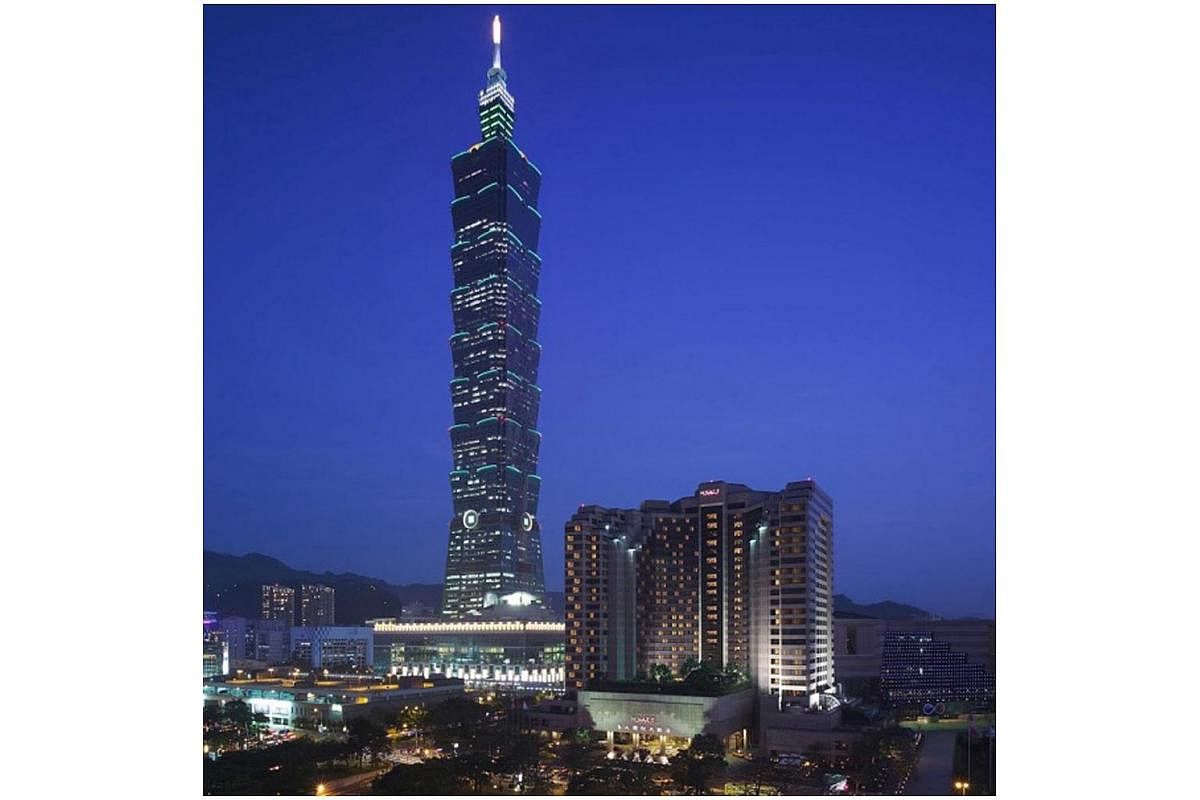
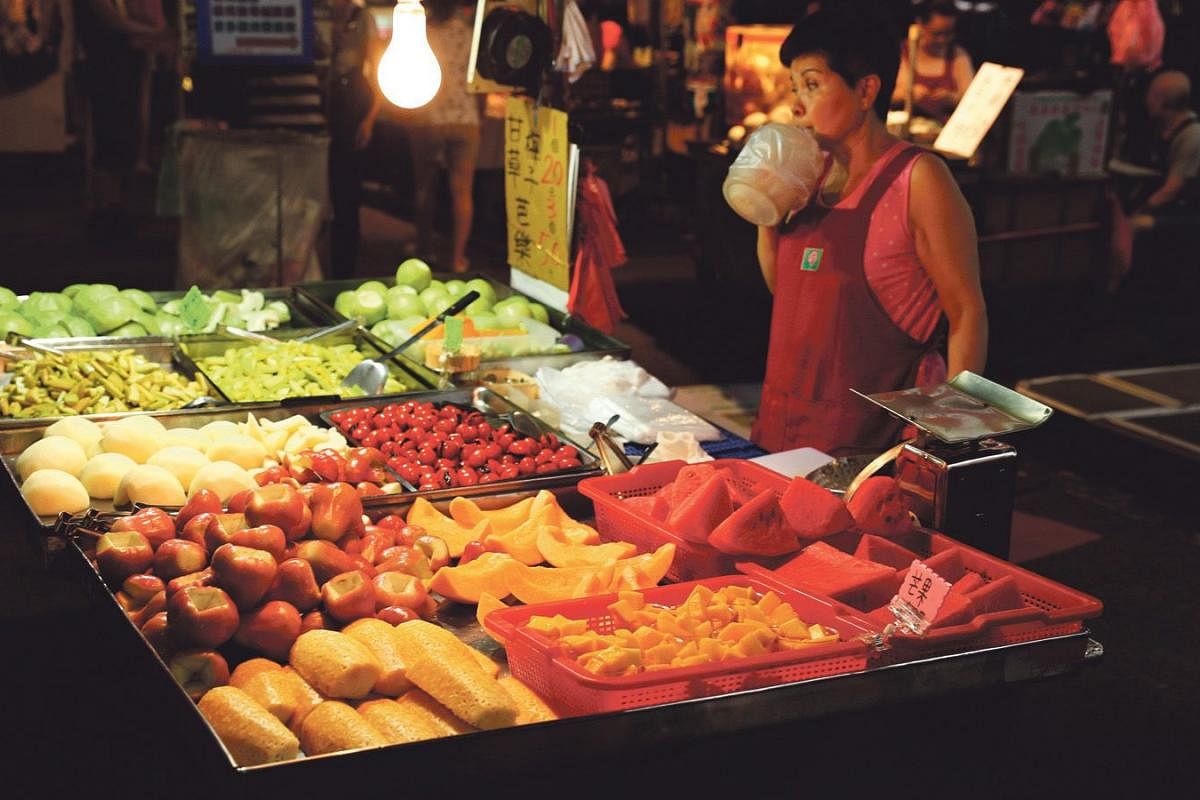
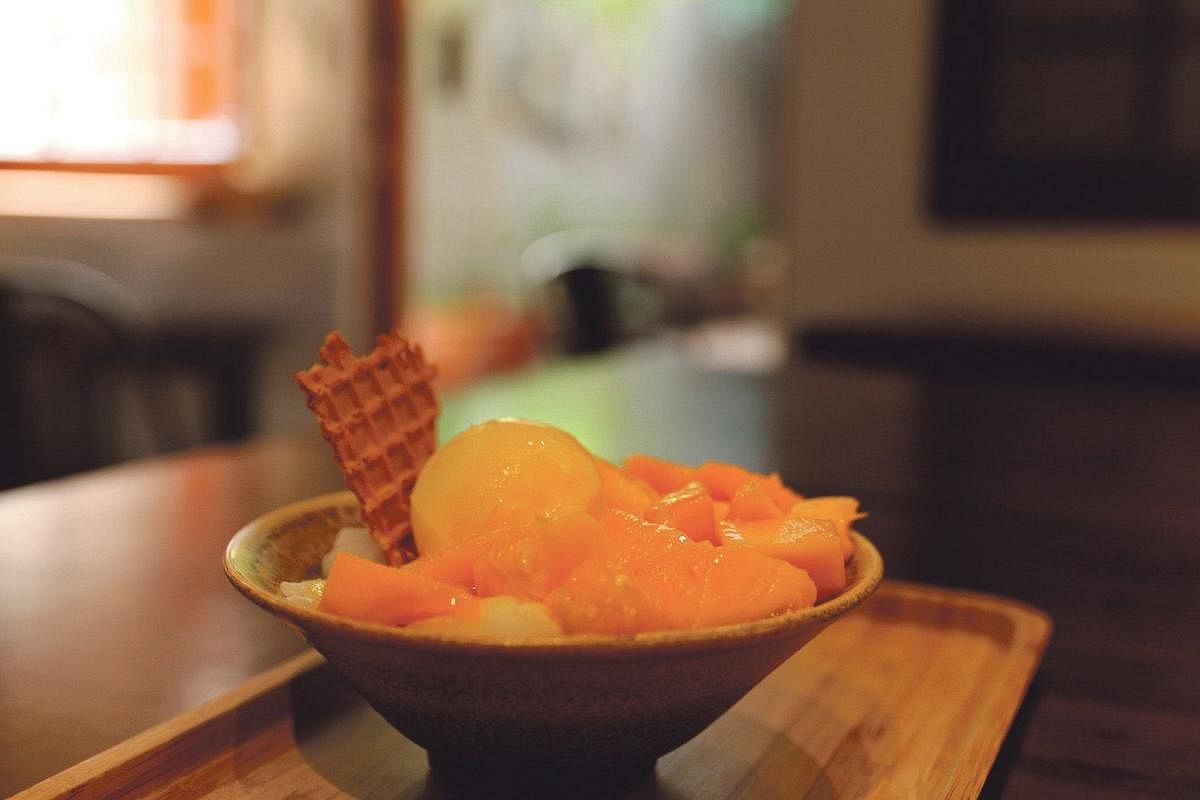
TAIWAN (THE BUSINESS TIMES) - I AIN'T AFRAID OF NO GHOSTS. Oh yes, I am. I don't care what Ray Parker Jr sings in Ghostbusters, I am deathly afraid of them. Me and just about every Singaporean and Hong Konger who apparently will not step foot into the Grand Hyatt Taipei for as long as it remains on the list of top 10 haunted hotels in the world.
I did not start out wanting to stay in a haunted hotel. I'm not in the habit of scouring the internet looking for accommodation allegedly built on WWII execution grounds before clicking 'Book Now'. It started as a simple invitation, a kindly exhortation to sample the hospitality of a historical property in Taipei - a city I'd never been to, but with a food culture I'd been intrigued by. No mention of "By the way, some people think we have ghosts, is that ok with you?" They said nothing of the sort. So with visions of oyster mee sua dancing in my head, I said yes.
Rumours have a way of taking a hold on you and shaking all the sense out of your brain. Where do the ghosts hide, you wonder, as you step into a lobby full of life and light, anchored by the full force of a bubbling water fountain right in the centre. No doubt a fengshui-compliant feature that ensures the constant flow of fortune that makes it the best-performing hotel in Asia for its owner, the Hong Leong Group.
The rest of it is all marble and sleek, with tastefully designed wall panels behind the reception counters. I'm scanning frantically for the infamous calligraphy scrolls gleefully mentioned in the ghost press as 'talismans' put there to ward off evil spirits. A complete renovation in 2015 saw them being put out to pasture - because they didn't go with the new decor and maybe the management just got tired of the supernatural insinuation.
Fake news alert - the scrolls were actually a gift from a fengshui master when the hotel first opened, and meant for good luck. And its inscriptions did not say "go away, other-worldly beings", but were just the usual blessings that people get from a temple.
The ghost rumours revolve around the site of the hotel - along with surrounding buildings in Taipei's bustling Xinyi district that include Taipei 101, World Trade Centre, Mitsukoshi, W Taipei and Le Meridien - being a former prison camp during the Japanese Occupation where executions took place.
The reality: In 1939, the Japanese government built a military warehouse where they kept all their supplies for war. After their surrender, it was turned into a munitions factory, which in turn was re-located and in 1990, the Grand Hyatt was built as part of the World Trade Centre complex.
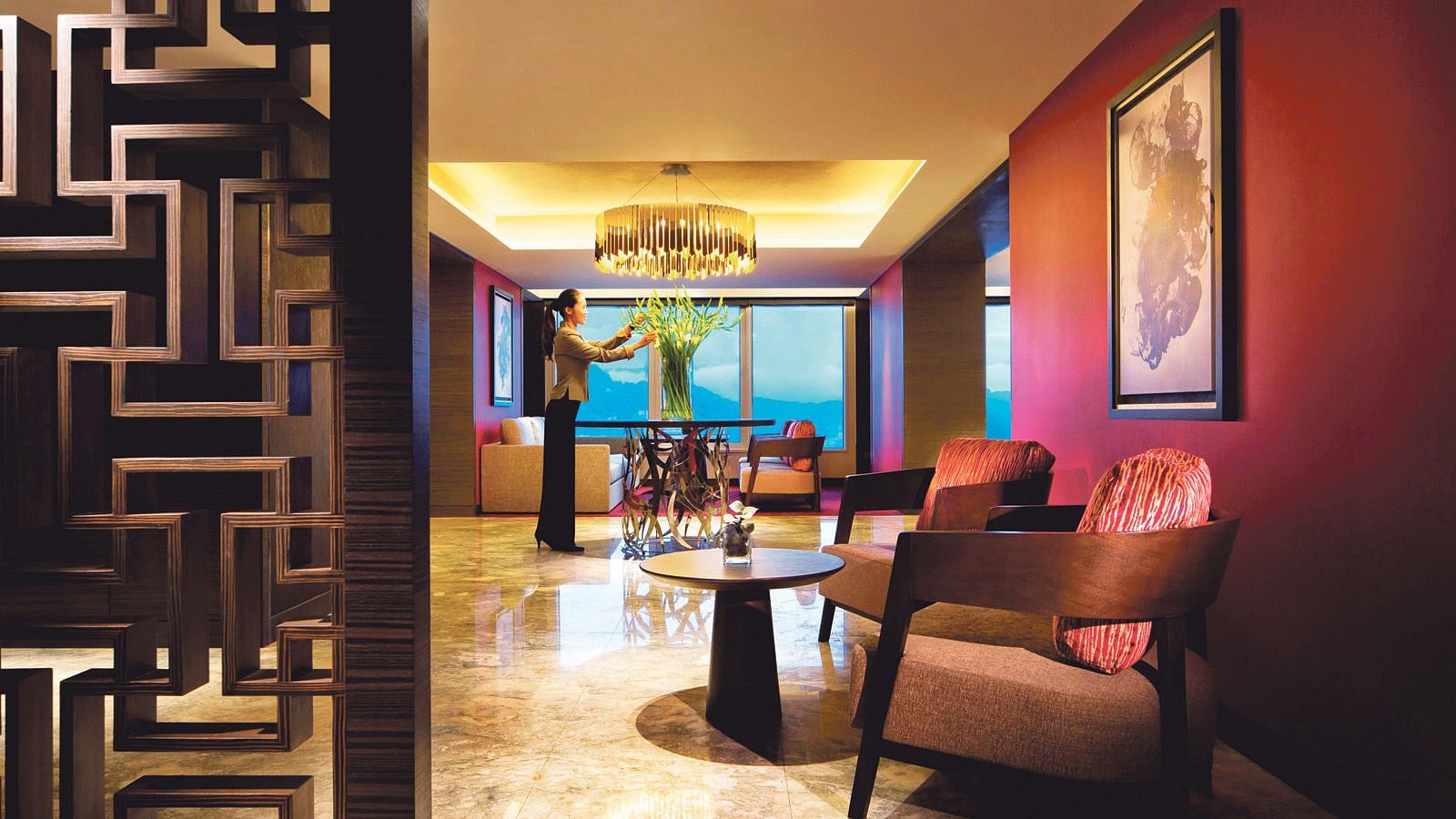
But rumour-mongers are not easily assuaged. The scrolls may be gone but why is there an eerily life-like sculpture of a security guard in the lobby? Nicknamed 'Charlie', the 'Standing Guard' statue is a work by American artist Marc Sijan, more famous for his hyperrealist art than his ghostbusting skills.
Throughout my three night stay, the only one that frightened me was myself. Nothing lurked in the luxuriously appointed room and nobody sat on my bed or elbowed me in the dark. But the living people in the hotel offered tip-top service and cooked the mother of all breakfast buffets in the cafe. Its Chinese restaurant Yun Jin provided us our best upscale Taiwanese meal of spicy beef shank, mullet roe layered with apple slices and a stew of pork intestine and blood cakes.
A former employee of the hotel told us that she had never experienced anything in her 12 years of service, and lamented how, despite being super popular with guests from around the world, they have barely any from Singapore or Hong Kong.
It's a pity, but now you know what to do if you don't want to run into fellow Singaporeans or Hongkongers at your favourite places around the world. Just go up to them and say, "Boo!"
TAIPEI EATS
Street food reigns in Taipei and for good reason. The Taiwanese are down-to-earth, unassuming and friendly people, and that translates into their cuisine which is more hearty and full of flavour than upscale and sophisticated. So, much as you might look down on their night markets, don't. Just give the main tourist traps like Shilin a miss and follow the locals to Tonghua ( a short distance from the Hyatt) and Raohe, both of which have their own specialities and all you do is follow the crowds.
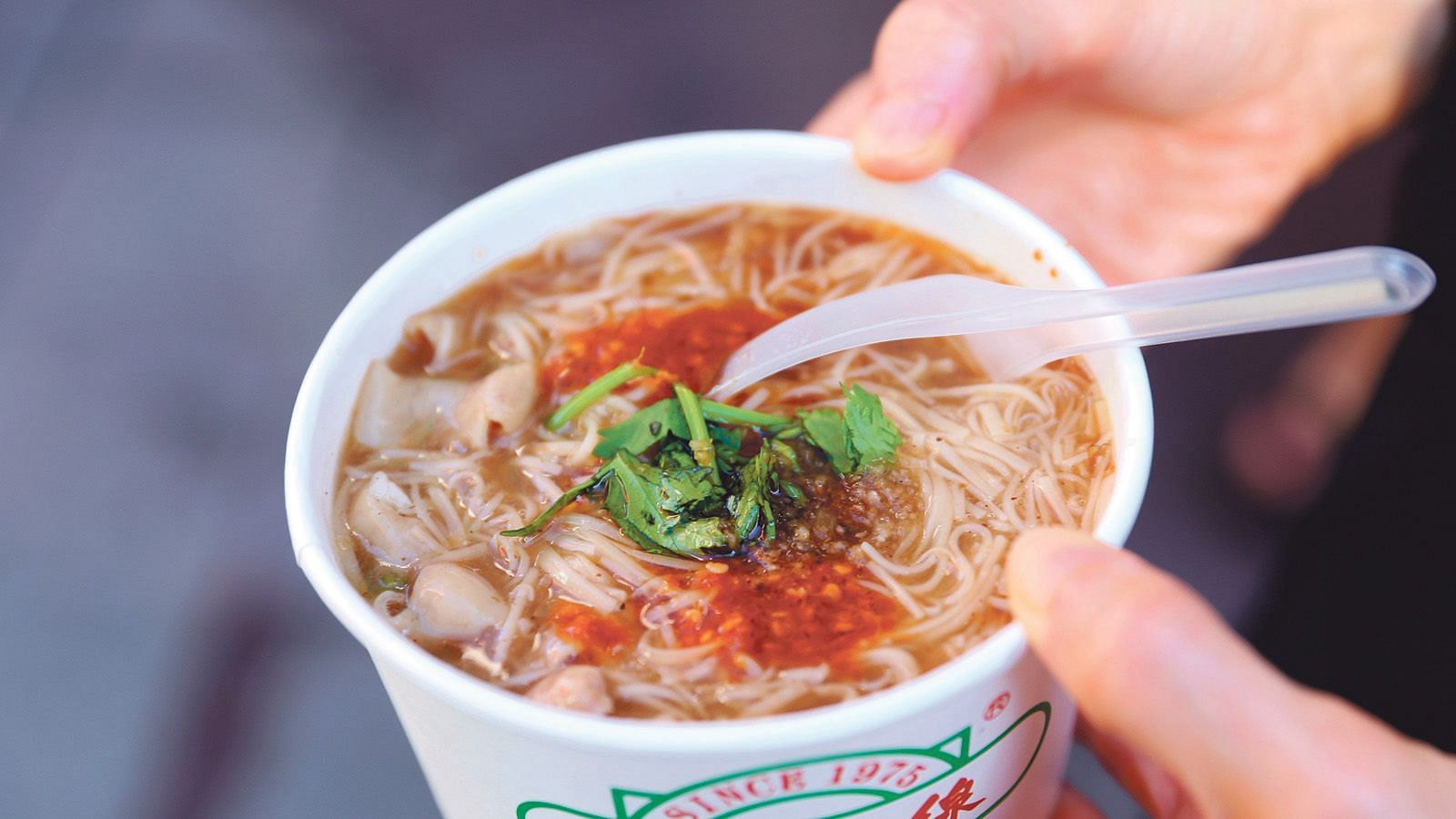
All the signature treats you read about are worth a try, whether it's the local beef noodles (Lao Zhang is a good spot for its potent broth and side dishes), the MSG-laden oyster mee sua in Ximending or Jifen lurou fan - lip-smacking braised pork rice sold in a pretty disgusting coffee shop.
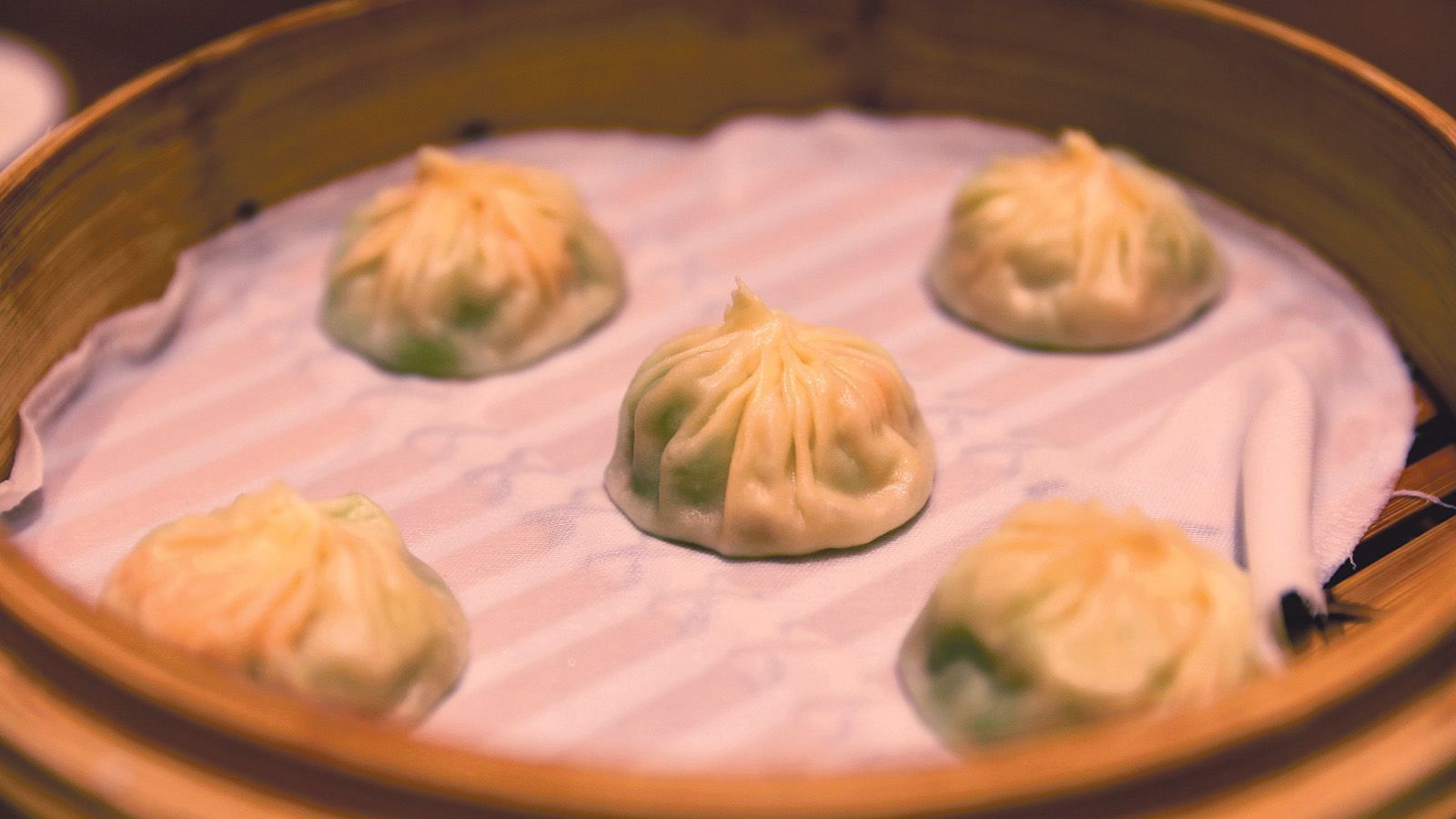
Cliche though it may be, the original Din Tai Fung is where you find true meaning in its xiao long pau - masterfully folded and the most delicate skin housing perfect temperature broth that is hot without scalding your tongue. Just go at off-peak hours and wait. Forget about its other branches - they don't compare. For a no-fuss restaurant meal, the original Shin Yeh is a reliable standby for its addictive sweet potato porridge and traditional accompaniments. And check out the Taipei Fish Market for really good value sashimi and seafood hotpots.
LUXURY DIGS
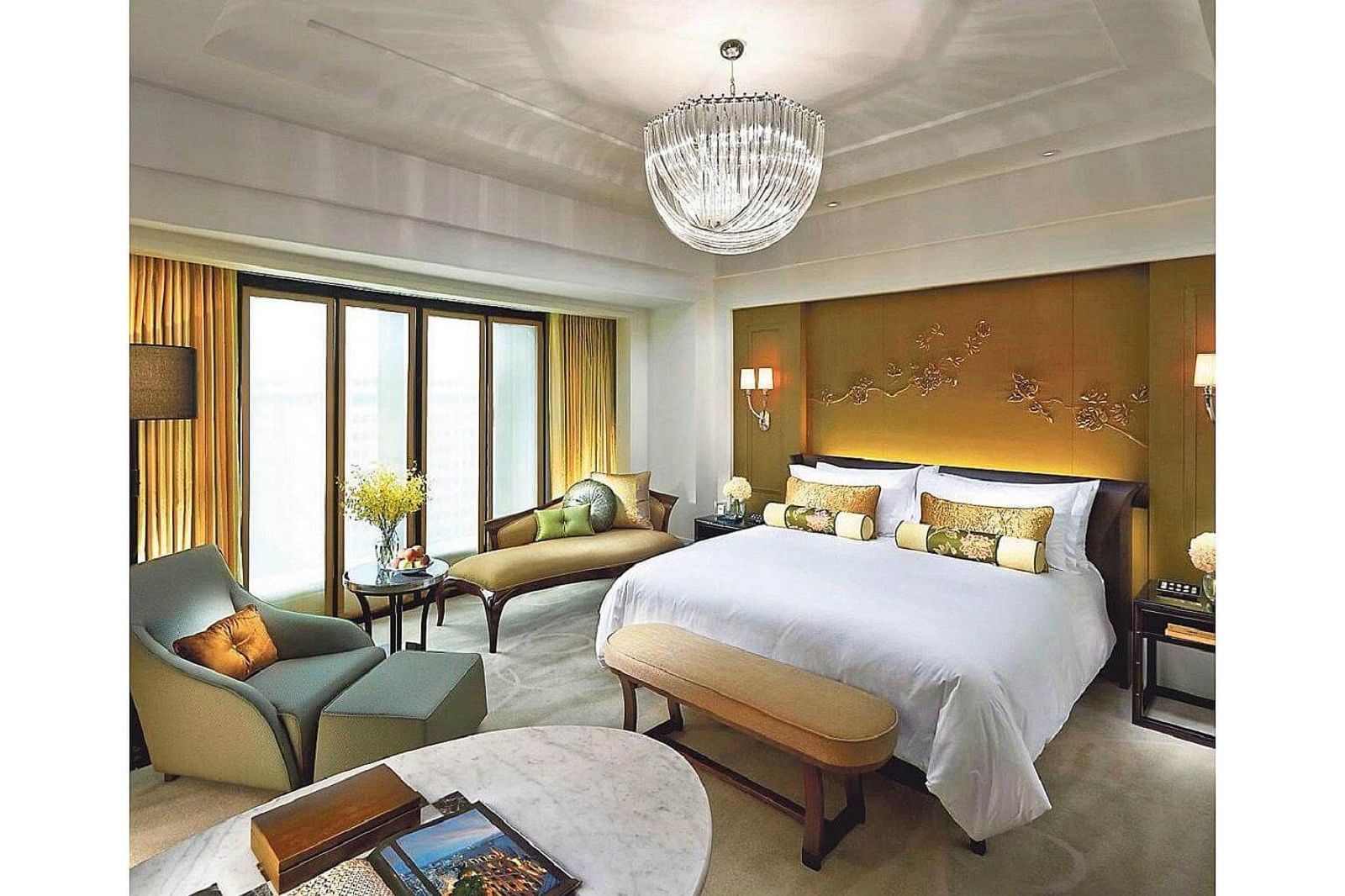
When it's time to kick back and savour how the sybarites in Taipei play, look no further than the Mandarin Oriental, whose owner thinks nothing of splashing big money to create a tribute to Renaissance luxury in the city's financial district. Built just four or five years ago, the hotel looks like it's been standing there for a good century or more. A good 1700 art works dot the walls, while several designers were appointed just to work on individual restaurants. The rooms themselves are huge and richly decorated, and there are chandeliers everywhere, including the one in the lobby made by a Czech artist using 50000 crystal pieces to create a butterfly effect.
Breakfast at the club lounge is a genteel affair with champagne and excellent Chinese congee or double-boiled chicken soup with chewy noodles. Afternoon tea in the Jade lounge is another champagne affair served with delicate scones and pastries.
While it's not as centrally located as the Grand Hyatt, it makes up for it by creating a fantasy land you don't really want to leave once you're in it.
Join ST's Telegram channel and get the latest breaking news delivered to you.
